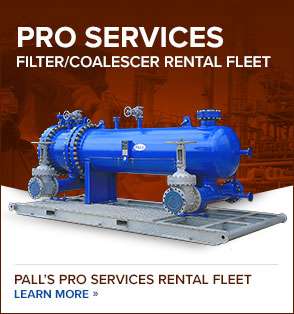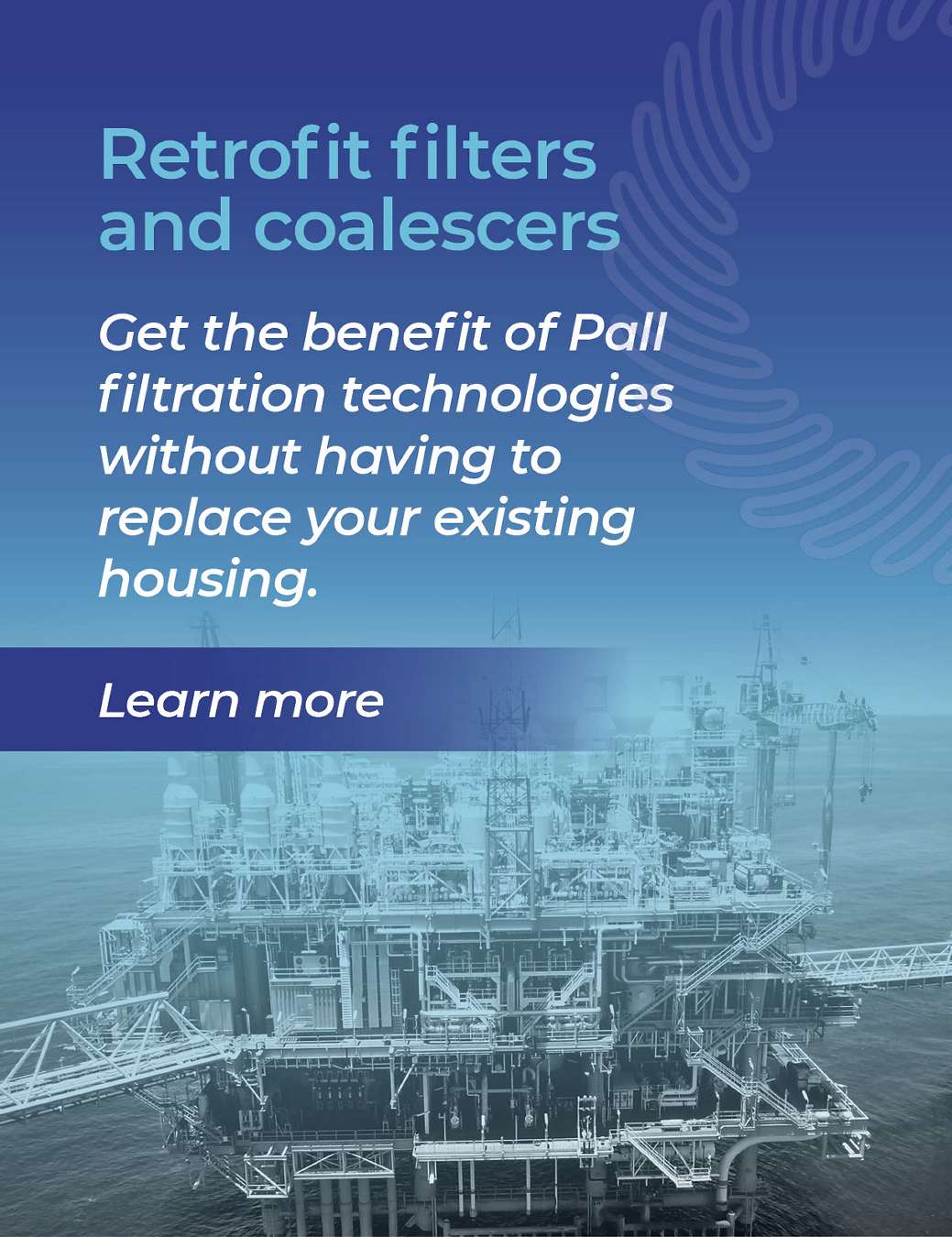Desidratação da peneira molecular
Compreendendo o processo de desidratação por peneira molecular
O processo de desidratação da peneira molecular ajuda na desidratação do gás natural ao remover a água do gás natural, evita a formação de hidratos de gás e a subsequente contaminação de componentes essenciais a jusante, reduz a corrosão, maximiza a tubulação e as eficiências do processo, protegendo os catalisadores sensíveis à água nos processos da refinaria. Nas operações dissecantes, materiais adsorventes comuns incluem peneiras moleculares, géis de sílica e alumina ativada.
O gás hidrocarboneto úmido entra na parte superior da torre de adsorção e flui para baixo através do sistema de adsorção, onde a água é adsorvida. O gás de natural essencialmente seco sai pela parte inferior e está pronto para processamento e venda. A maioria dos sistemas dissecantes possuem duas ou mais torres de adsorção, permitindo que uma seja regenerada enquanto a(s) torre(s) restante(s) permanece(m) em operação. A regeneração do leito é feita movimentando o gás seco aquecido de modo que os contaminantes adsorvidos dentro do leito possam ser removidos.
Protegendo os dessecantes de peneira molecular contra contaminação por água livre e hidrocarbonetos
Para manter sua eficiência, os dessecantes devem ser protegidos de contaminação por água livre e hidrocarbonetos líquidos para atingir sua vida útil prevista de 3 a 5 anos. Água livre causa fraturamento de longo prazo e empoeiramento dos grânulos dessecantes, enquanto os hidrocarbonetos queimam os grânulos durante a regeneração, reduzindo progressivamente a capacidade de remoção de umidade.
Necessidades da fábrica de desidratação de gás natural
- Alcançar ou exceder os níveis de produção de gás natural por meio do tratamento confiável de gases úmidos
- Manter a confiabilidade do processo para consistência da produção e minimização do tempo de inatividade
- Fornecer gás natural de qualidade e consistente, de acordo com as regulamentações para os níveis de água
- Minimizar a degradação do leito dessecante que pode levar à ruptura prematura da água
- Minimizar o aumento de Delta P
Desafios e soluções na desidratação por peneira molecular
| Desafio | Solução |
|---|---|
| Melhore sua produtividade de desidratação e confiabilidade com a remoção eficaz de líquidos e sólidos upstream dos leitos dessecantes para proteção contra degradação do leito e perda de capacidade.
|
| Proteja contra a entrada de resíduos de líquido, capturando a água a montante dos leitos dessecantes.
|
| Proteja equipamentos , como compressores e leitos de catalisador, por meio do controle efetivo de sólidos nos leitos dessecantes.
|
Fluxograma do processo da unidade de desidratação de gás natural
Principais recomendações de aplicação e filtros para desidratação com peneira molecular (outras aplicações não apresentadas)
| Aplicação | Produtos Pall | Benefícios ao cliente |
|---|---|---|
Proteção do leito dessecante | Produtividade, confiabilidade, conteúdo de água de acordo com as especificações e vida útil estendida do dessecante por meio da eficiência e capacidade mantida do desidratador | |
Proteção Downstream | Confiabilidade do processamento pela eliminação da poeira do adsorvente |
Experiência é importante
Não acredite apenas na nossa palavra. Pergunte a milhares de engenheiros de petróleo e gás ao redor do mundo o porquê a Pall é a fornecedora de preferência para soluções de filtração e separação. Peça que eles digam como nossos protocolos de manutenção simples e vida útil estendida do filtro economiza tempo que eles podem gastar em melhorias de processo. Pergunte a eles sobre a confiabilidade e os resultados consistentes dos sistemas Pall instalados em seus processos críticos. Você não quer perder tempo se preocupando com seus filtros e coalescedores, e também não queremos que você o faça.
Entre em contato com a Pall hoje mesmo e nos deixe colocar nossos mais de 50 anos de experiência para trabalhar para você.
Para saber mais sobre como melhorar a eficiência de seus processos, contate nossa equipe de especialistas em filtração.
-
Desidratação Adsorvente
Baixar:
Nossos produtos
Liderando o setor com soluções e produtos adaptados às necessidades dos clientes.
Vamos encontrar a solução certa juntos.
Vamos nos conectar. Queremos compartilhar nossas soluções de filtração inovadoras com você hoje mesmo. Entre em contato com nossos especialistas no assunto para informações sobre como podemos ajudar. Obrigado e esperamos apoiar você em breve.

